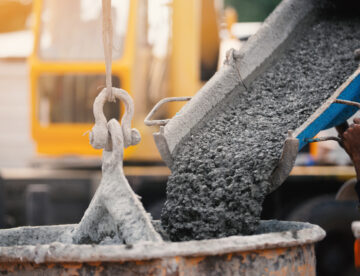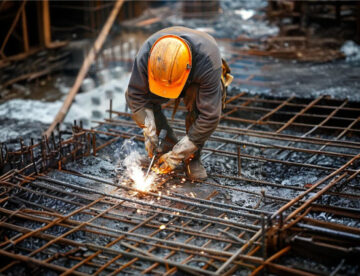
Cyber security threats are escalating across the UK, with more than 40% of businesses and 30% of charities reporting breaches over the past 12 months. Even household names like Marks & Spencer, Co-op and Harrods were recently forced to suspend online operations to contain cyber-attacks.
This surge highlights that cyber-crime is happening right now and it could affect anyone. For organisations, the consequences can be particularly severe, including financial losses, reputational damage and operational disruption. Take a look at this week’s blog to find out what this means for our industry and what Sheriff Construction is doing to protect your data.

The UK government has recently announced that, under the Future Homes Standard (to be published this Autumn), the majority of new build properties will be required to include rooftop solar panels, unless site-specific factors such as shading make it impractical.
It’s a move designed to help households save on energy bills while cutting carbon emissions and boosting the UK’s energy security. In this week’s blog, we explore what the announcement means in practice, how the industry is reacting, and what housebuilders and developers should expect next.

Artificial intelligence (AI) is making waves across all sorts of industries and construction is no exception. While much of the attention has been on AI’s role in design, project management and efficiency, its potential to revolutionise site safety might just be the most exciting development yet.
For years, construction has been one of the most hazardous industries, with risks ranging from falls and equipment-related accidents to structural failures, but could we be at a turning point where AI-driven protocols and analytics help to predict and prevent such dangers? Keep reading to find out more.

The construction industry is responsible for a sizeable portion of global carbon emissions, largely due to the production of cement. But what if the very process of building could help capture carbon instead of releasing it? Scientists at Nanyang Technological University, Singapore (NTU Singapore) have developed an innovative 3D concrete printing method that seems to do just that.
By capturing and storing carbon dioxide (CO2) within concrete during the printing process, this new method offers a promising step towards more sustainable construction. How does it work? Read this week’s blog to learn more.

Falling objects pose a significant threat to worker safety on UK construction sites. These incidents can result in serious injuries and even fatalities, making it absolutely for everyone on site to understand what can cause an object to fall and how to implement effective prevention strategies.
For this week’s blog, we’re returning to our ‘Focus on Safety’ series and looking into this critical issue in more detail.

Reading is a skill that’s important for everyone and, although it’s often associated with leisure or academic pursuits, it actually plays a surprisingly key role in the construction industry.
Whether you are a seasoned project manager, an architect or a site supervisor, reading can help you stay updated, solve problems and grow in your career. Take a look at this week’s blog to find out more.

When thinking about construction site injuries, cuts, falls, or heavy lifting are often the things that first come to mind. Yet, burn injuries are also a critical concern as thousands of construction workers face burn risks every year.
In our latest ‘focus on safety’ blog, we’ll explore the common causes of burn injuries, what to do in the event of a burn and outline what can be done to reduce the risk.

Last week, the Labour government presented its first Budget for the country in 14 years, introducing a range of measures that they claim will restore stability to the nation’s finances while investing in public services.
As she delivered this Budget, Chancellor Rachel Reeves used building analogies like ‘fix the foundations’ and ‘rebuild Britain’, but what will the changes mean for construction and the built environment? In this week’s blog, we’ll outline some of the key points.


